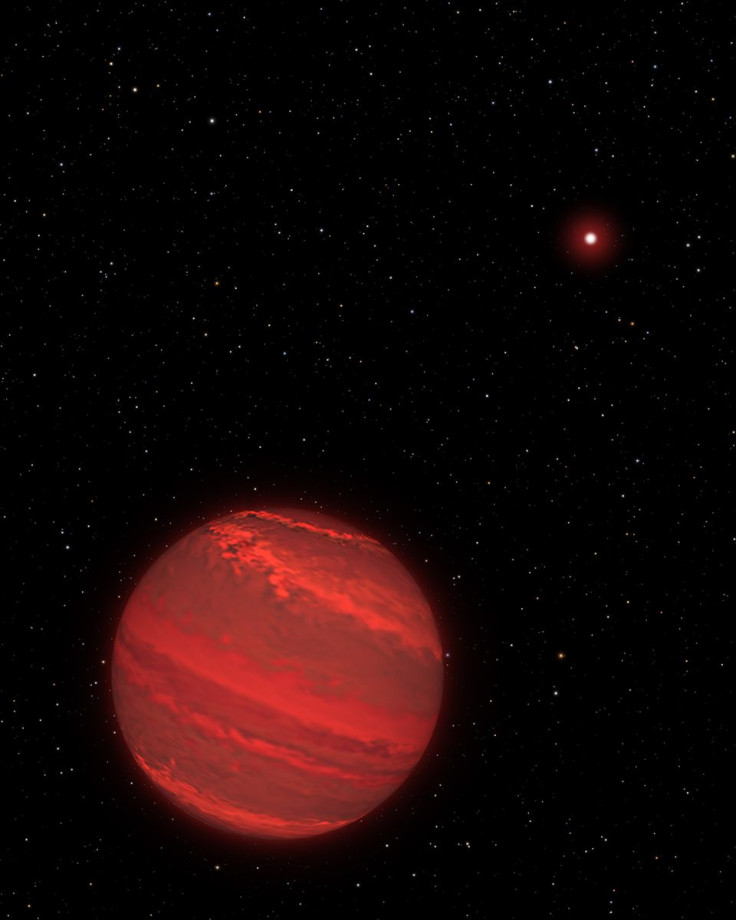As The 'Super-Jupiter' Turns: Hubble Observes Rotation Of Exoplanet Where It Rains Iron And Glass

At a distance of 170 light-years from Earth, there's a planet seven times the mass of Jupiter where it rains glass at higher altitudes and iron at lower levels, according to NASA. The Hubble Space Telescope directly observed changes in brightness of the "super-Jupiter" orbiting a brown dwarf, the results of which were published Thursday.
With Hubble and its successor, the James Webb Space Telescope, astronomers can develop cloud maps to better understand the atmosphere of planets outside the solar system.
A super-Jupiter is any planet that has a mass greater than the largest planet in our solar system. In the case of 2M1207b, the exoplanet has a mass four times that of Jupiter. The planet orbits 2M1207, a brown dwarf — a failed star that's too large to be a planet, but lacks the mass necessary to start nuclear fusion in its core — located five billion miles away. This is the first time astronomers have been able to use direct imaging to measure the rotation period of a planet as massive as 2M1207b.
"It gives us a unique technique to explore the atmospheres of exoplanets and to measure their rotation rates," Daniel Apai of the University of Arizona in Tucson, leader of the Hubble investigation, said in a statement.

As the planet spins, Hubble was able to observe changes in brightness caused by clouds within its atmosphere. Astronomers were able to determine the cloud layers were "patchy and colorless" based on the Hubble data.
Previous observation of 2M1207b using Hubble revealed an incredibly hot planet with temperatures of 2,200 to 26,000 degrees Fahrenheit. "So at higher altitudes it rains glass, and at lower altitudes it rains iron," Yifan Zhou, from the University of Arizona and lead author of the previous study, said in a statement.
The data gives researchers an understanding of how the planet and its companion brown dwarf formed, according to NASA. Instead of forming within the same disk of matter like the sun and planets of our solar system, 2M1207b and 2M1207 may have formed as a result of the gravitational collapse of two different disks.
The planet is extremely young, approximately 10 million years old, and will cool off over the course of billions of years. The research was published in the Astrophysical Journal.
© Copyright IBTimes 2024. All rights reserved.





















